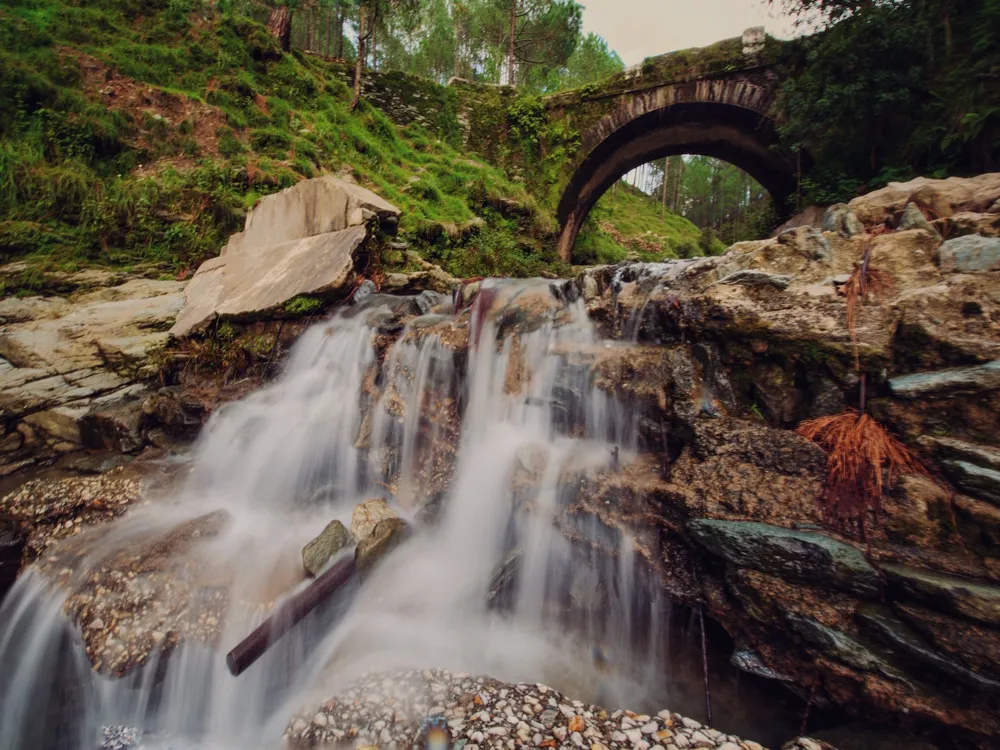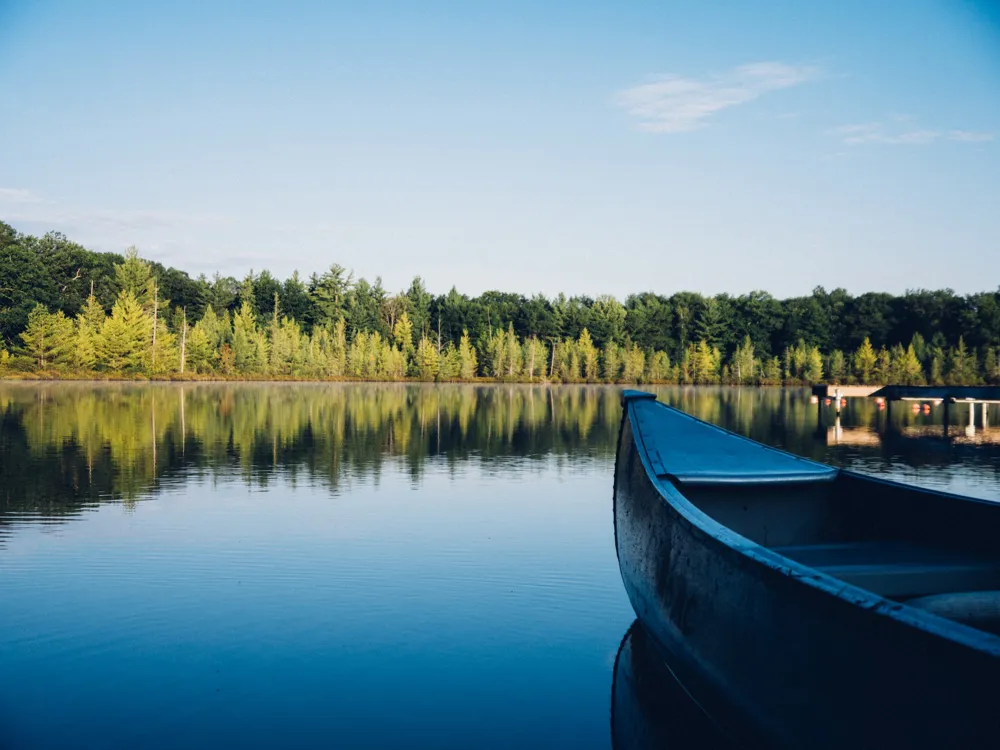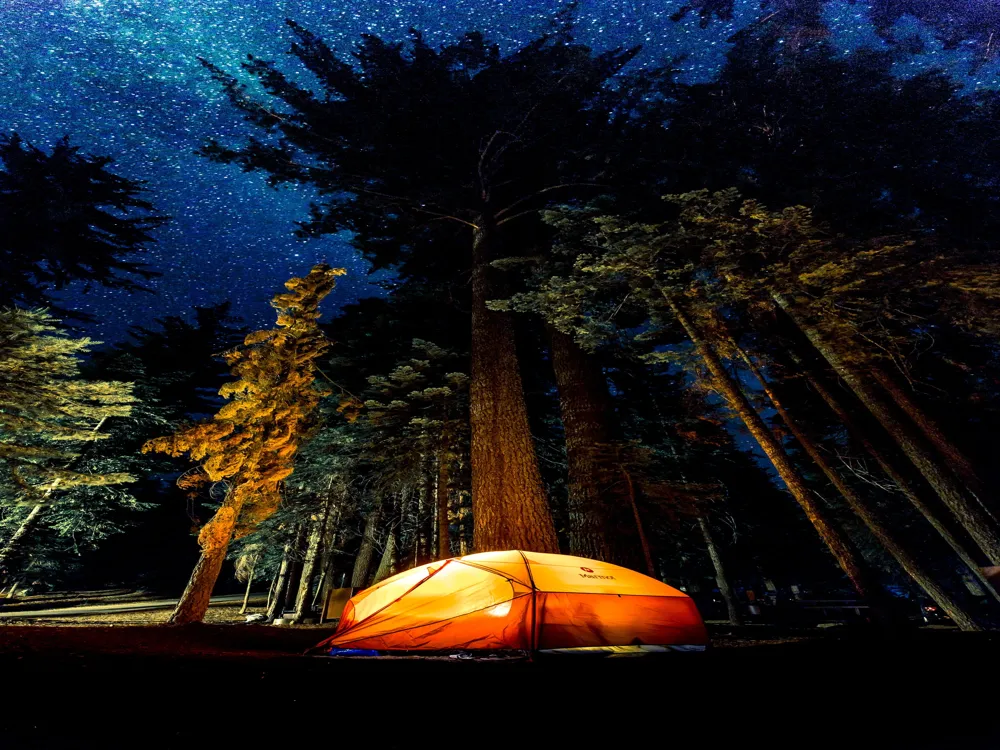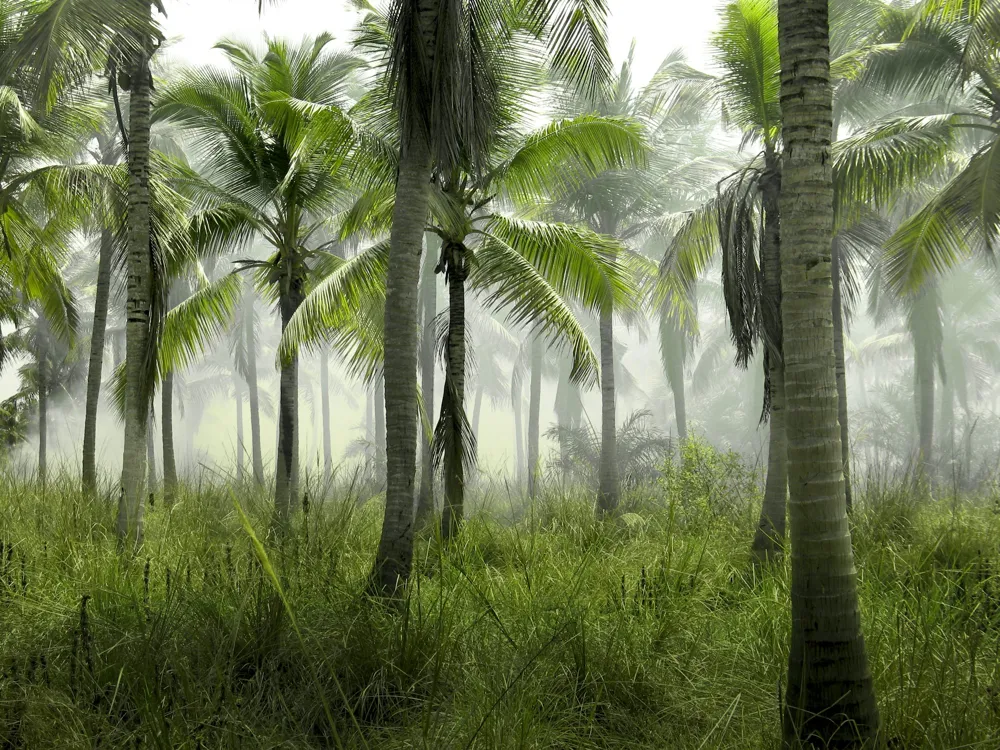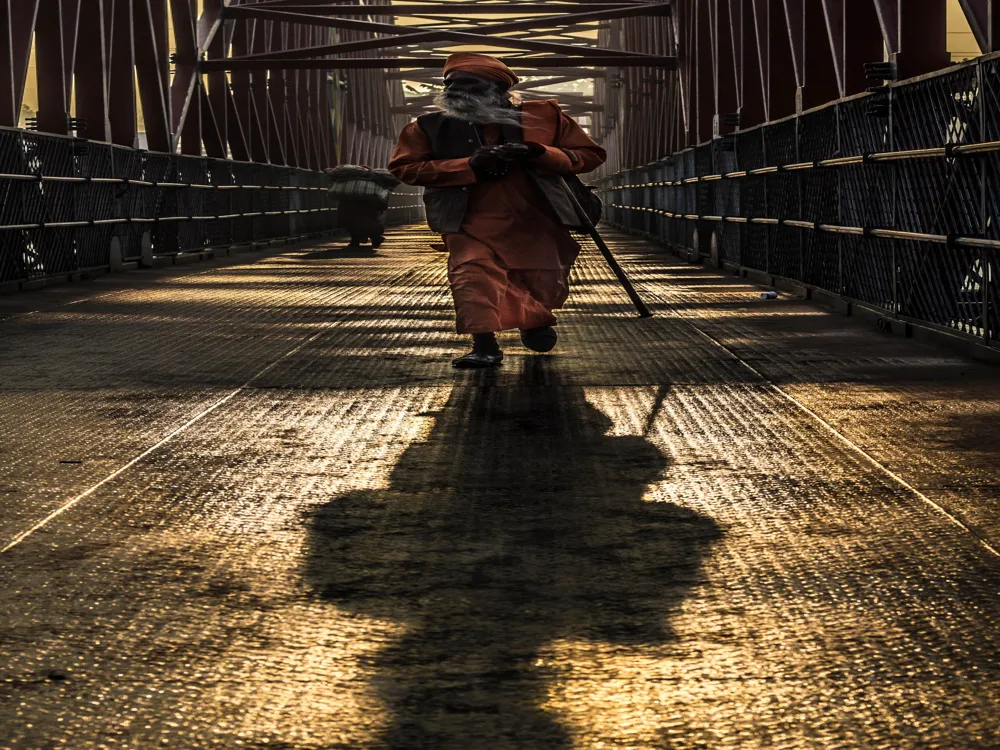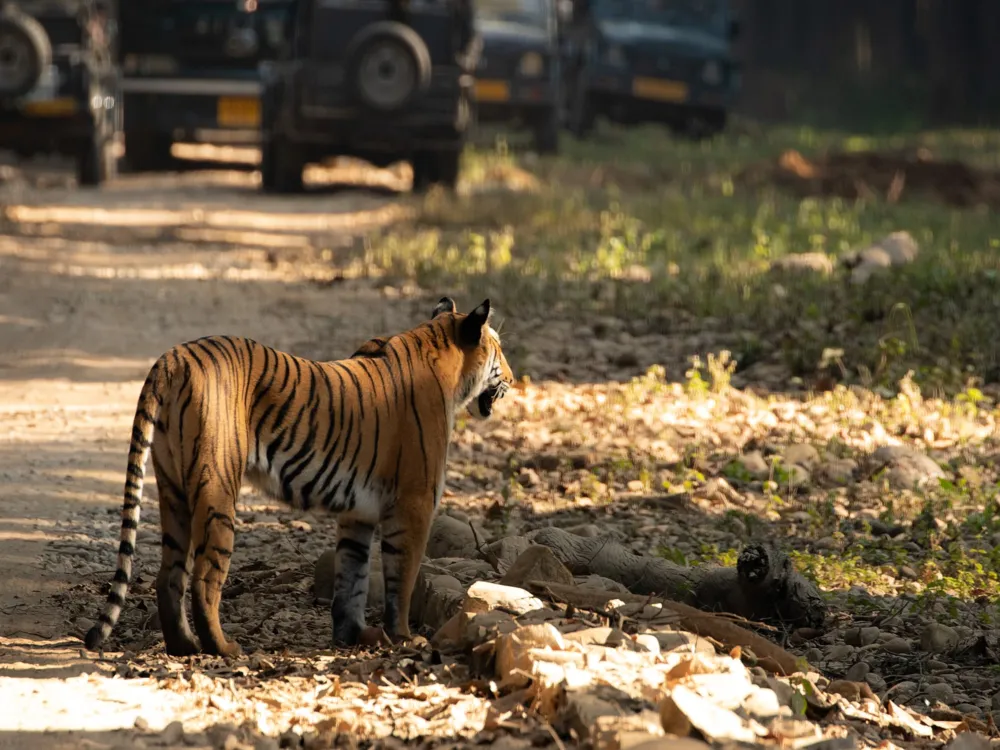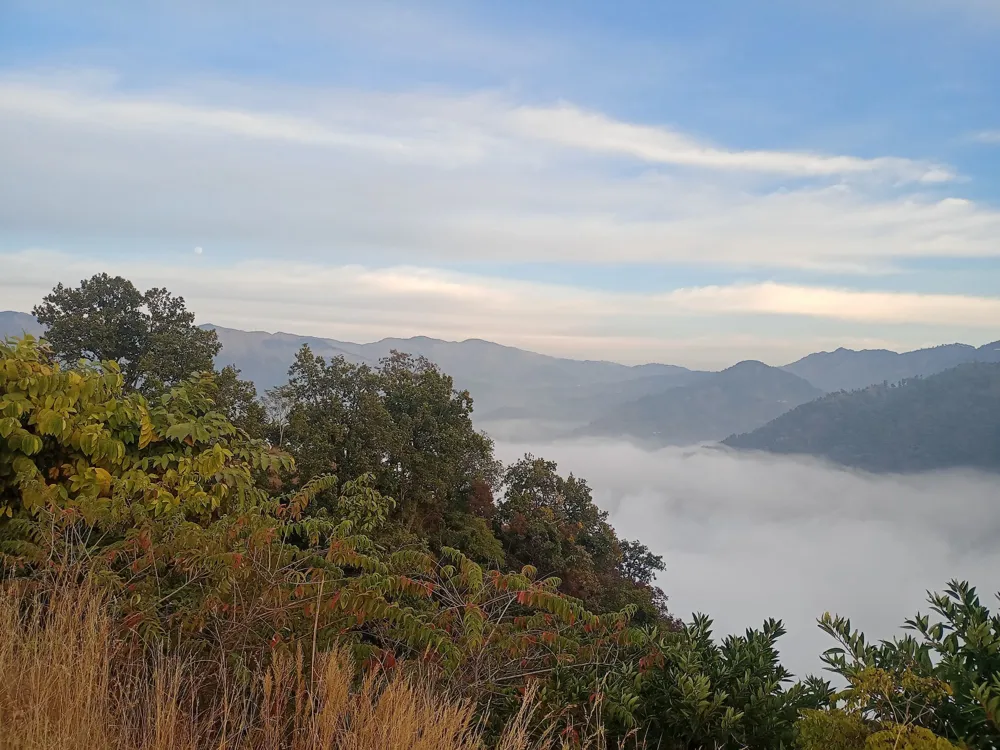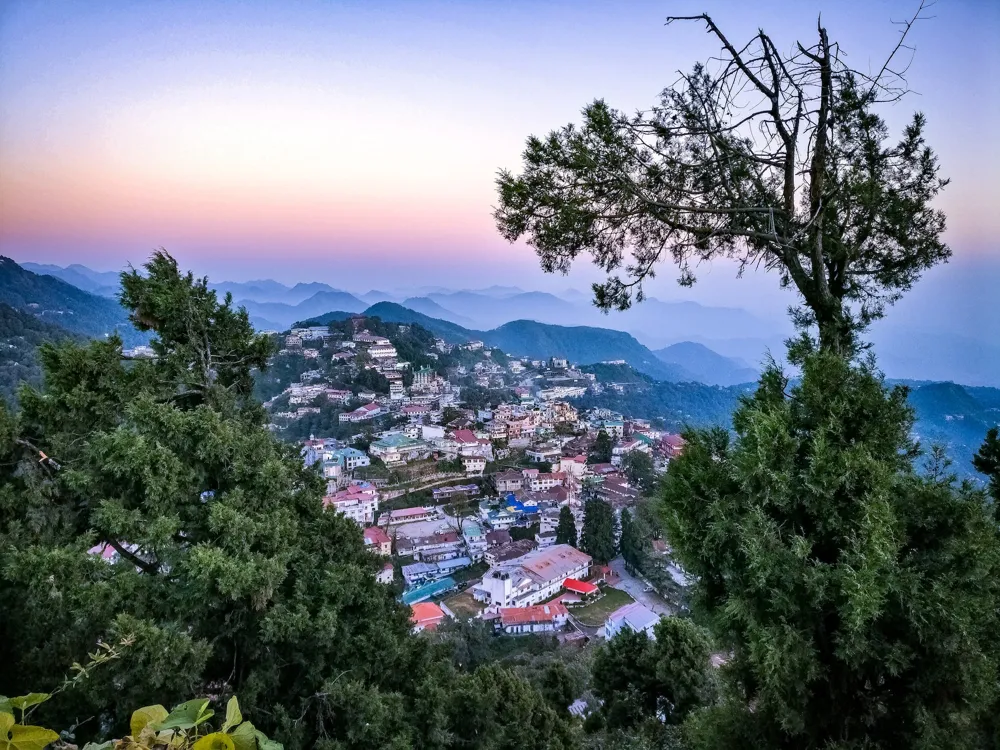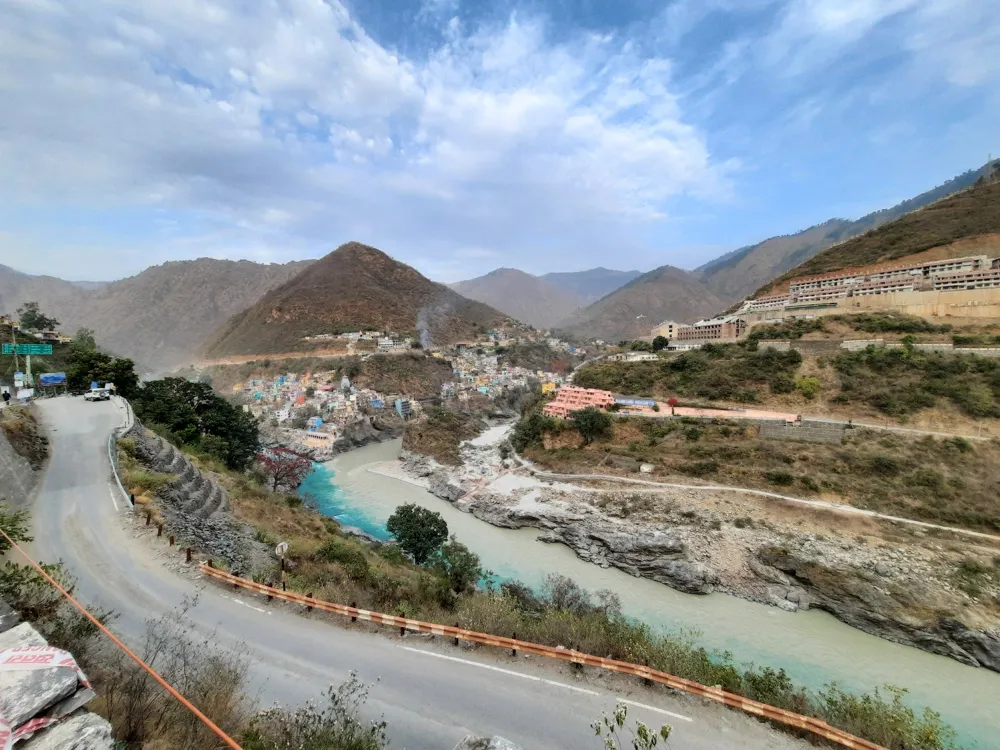Embark on a journey to the heart of Lansdowne, Uttarakhand, and unravel the mystery of Bhim Pakora, a site shrouded in legend and natural splendor. This intriguing destination, named after Bhima, one of the mighty Pandavas from the Indian epic Mahabharata, offers an immersive experience of the rich cultural heritage and breathtaking landscapes of the region. As you delve into the story of Bhim Pakora, prepare to be captivated by its unique geological formations, historical significance, and the serene beauty of its surroundings. Bhim Pakora has a fascinating tale that dates back to the times of the Mahabharata. According to legend, the Pandavas visited this area during their exile. Bhima, known for his immense strength, placed one rock upon another in such a way that despite appearing precariously balanced, the rocks remained firmly in place. This intriguing phenomenon has baffled visitors for centuries and continues to be a source of wonderment. The site not only offers a glimpse into the mythological past but also serves as a testament to the mysteries of nature. The geological aspect of Bhim Pakora is as fascinating as its mythology. The rocks, made of sedimentary formation, exhibit a unique balancing act that defies gravity. Geologists and nature enthusiasts find this natural architecture intriguing, leading to various studies and theories about its formation and stability. The way these rocks are balanced seems almost supernatural, adding to the allure and mystery of Bhim Pakora. The architecture of Bhim Pakora, though primarily natural, presents an awe-inspiring sight that blends seamlessly with its lush green surroundings. The two massive rocks, stacked one atop the other, create a visual spectacle that is both imposing and majestic. The lower rock serves as a sturdy base, while the upper rock, surprisingly, can be moved slightly with a push, yet it never falls off. This architectural phenomenon not only reflects the area's geological uniqueness but also symbolizes the harmony between nature and the legends of the past. From a geological standpoint, the architectural design of Bhim Pakora is a subject of great interest. The sedimentary rocks, dating back millions of years, tell a story of the earth's evolutionary history. The composition, texture, and structure of these rocks offer insights into the climatic and environmental conditions of the past. This natural architecture stands as a silent witness to the passing of the ages, providing a tangible connection to the earth's ancient past. The architectural form of Bhim Pakora is deeply intertwined with its mythological significance. The unique positioning of the rocks is often seen as a symbol of balance and stability, reflecting the strength and wisdom of Bhima. This symbolism extends beyond the physical structure, representing the enduring nature of myths and legends in Indian culture. The architectural marvel of Bhim Pakora thus becomes a confluence of nature, mythology, and history, offering a multi-dimensional experience to its visitors. The ideal time to visit Bhim Pakora is from March to June, when the weather is pleasant, and the natural beauty of the area is at its peak. Monsoon season, from July to September, can be challenging due to heavy rainfall and slippery paths. Winters, from October to February, offer a different charm with a cooler climate and clearer skies. When planning your visit, pack light but include essentials such as comfortable walking shoes, a water bottle, a hat or cap for sun protection, and a camera to capture the scenic beauty. If visiting during monsoon or winter, carrying rain gear and warm clothing is advisable. Respect the natural environment and local customs when visiting Bhim Pakora. Avoid littering and be mindful of your impact on the surroundings. It's also important to adhere to any guidelines set by local authorities to ensure a safe and enjoyable experience for everyone. Reaching Bhim Pakora is an adventure in itself, offering a blend of scenic views and a taste of local life. The nearest major town is Lansdowne, which is well-connected by road. From Lansdowne, Bhim Pakora is a short drive away. Visitors can hire a taxi or opt for local transportation. For those traveling by train, the nearest railway station is Kotdwar, from where Lansdowne is approximately 40 kilometers away. For air travelers, the nearest airport is Jolly Grant Airport in Dehradun, followed by a road journey to Lansdowne and then to Bhim Pakora. Read More:Discover the Mystique of Bhim Pakora in Lansdowne, Uttarakhand
The Enchanting Tale Behind Bhim Pakora
Unraveling the Mysteries: Geological Wonders of Bhim Pakora
Exploring the Architectural Marvel of Bhim Pakora
Architectural Analysis: A Geological Perspective
Symbolism in Stone: Interpreting the Legend
Essential Tips When Visiting Bhim Pakora
Best Time to Visit
Packing Essentials
Local Guidelines and Etiquette
How To Reach Bhim Pakora
Bhim Pakora
Lansdowne
Uttarakhand
NaN onwards
View lansdowne Packages
Lansdowne Travel Packages
View All Packages For Lansdowne
Top Hotel Collections for Lansdowne

Private Pool

Luxury Hotels

5-Star Hotels

Pet Friendly
Top Hotels Near Lansdowne
Other Top Ranking Places In Lansdowne
View All Places To Visit In lansdowne
View lansdowne Packages
Lansdowne Travel Packages
View All Packages For Lansdowne
Top Hotel Collections for Lansdowne

Private Pool

Luxury Hotels

5-Star Hotels

Pet Friendly







